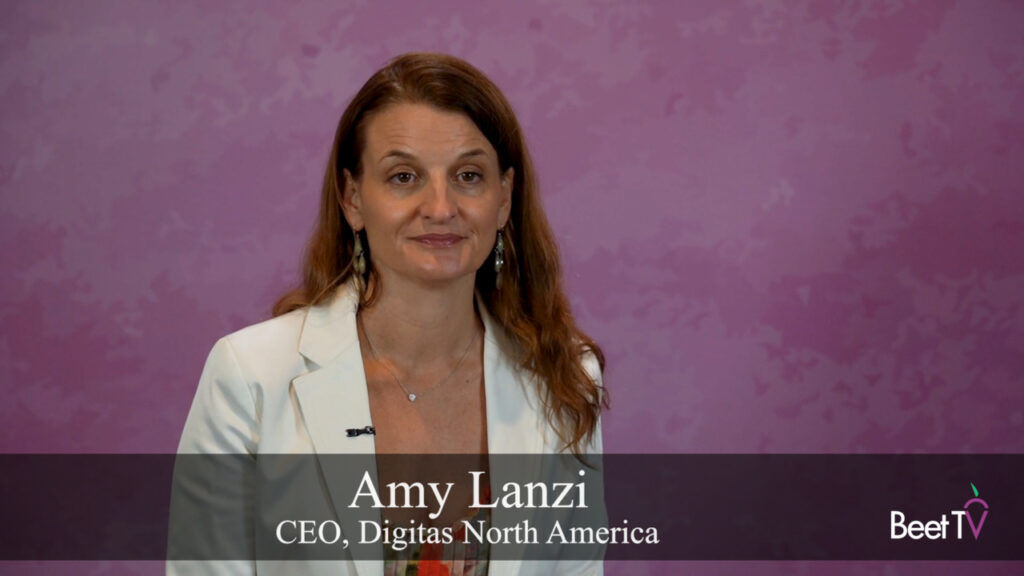While it’s clear that the ratings erosion in linear television “dam has broken,” more networks offering their audience audience targeting solutions means more walled gardens, according to Jonathan Steuer, Chief Media Officer, Omnicom Media Group.
Meanwhile, during this year’s TV Upfront season, “There’s going to be a much bigger focus on delivery across all platforms,” Steuer adds in this interview with Beet.TV.
He likens the networks’ embracing audience-buying, platform-based tools to a continuation of the evolution of better TV targeting from the likes of Simulmedia and unwired networks and “picking up where the TRA platform left off,” a reference to the technology purchased by TiVo before its acquisition by Rovi.
A big challenge to the buy-side, according to Steuer, is stitching together the various network offerings.
“In a world where the lines between linear TV and other digitally oriented methods for delivering television programming, whether that’s streaming services or video downloads or on demand from the cable operators, all of that is making it extremely complex to measure audience delivery across multiple providers,” Steuer says.
Gone are the days of a single TV currency based on Nielsen panel data, which are too small to measure more granular audiences.
“The more severe problem is finding those granular audiences across a variety of different platforms and delivery mechanisms,” Steuer adds.
On-boarding clients’ first-party data has led to many opportunities, but there are limitations to such datasets because they don’t provide a view of the entire marketplace.
“It gives you who your current customers are. That first party data is a great suppression mechanism if what you’re trying to do is go fined people who aren’t already your customers.”
On the plus side, first-party data can easily connect exposure with outcome “because you already know on a person level exactly who the people are.”
This Upfront will be Steuer’s second representing the buy-side, so he offers his thoughts with “a grain of salt required here.” He’s optimistic because given linear ratings erosion, networks aren’t to maintain the status quo while offering patchwork solutions “around the edges” to make up for ratings shortfalls.
“I think it’s going to be a different dialogue than we’ve had in previous years and one that has much more of a data informed story throughout, because the old way of saying ‘we’re really strong in 18-34’ doesn’t ring the clients’ cash registers anymore,” says Steuer.
This video is part of a series The New Marketplace for Television Advertising, presented by dataxu. Please find more videos from the series here.














































